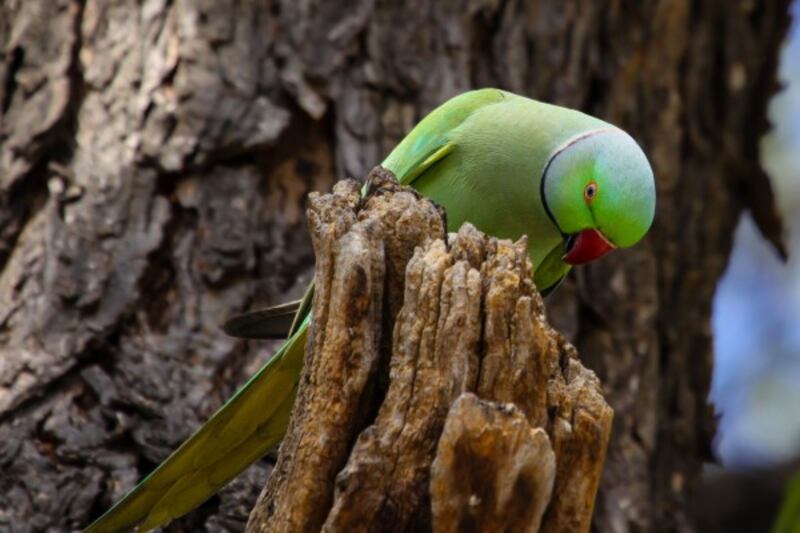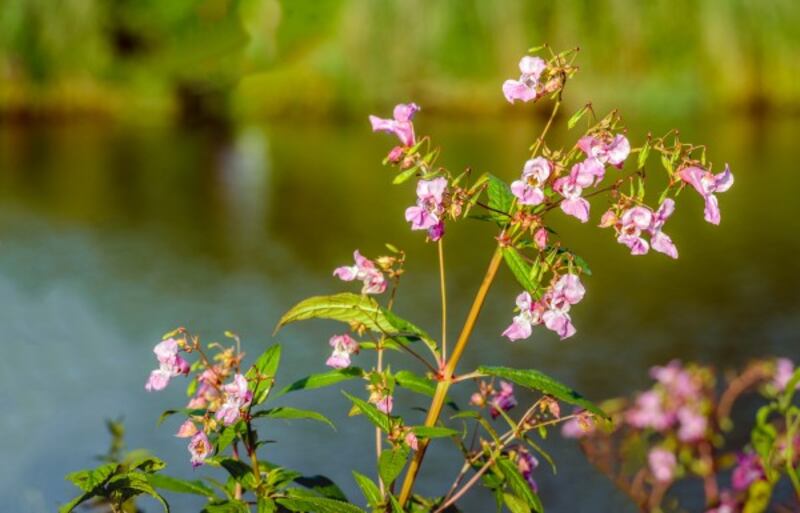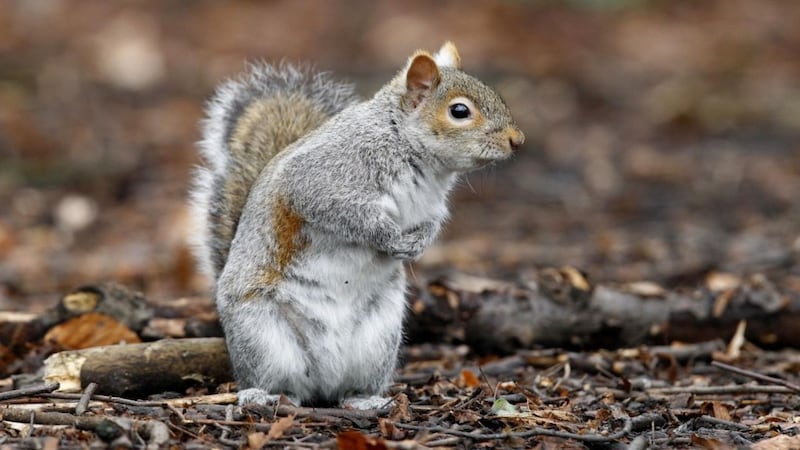Hotspots for plant and animal invaders around the world have been identified by a team of British-led researchers.
Islands and mainland coastal regions were found to be the most likely places to be colonised by foreign species.
The top three locations with the highest numbers of established alien species were the Hawaiian Islands, New Zealand’s North Island, and the Lesser Sunda Islands in Indonesia.
Britain’s invaders included the Indian rose-ringed parakeet, now found across London, the grey squirrel, the noble false widow spider and the weed Himalayan balsam, which has become a common sight along rivers and streams.

Lead author Dr Wayne Dawson, from the University of Durham, said: “Our research shows that islands and mainland coastal regions contain higher numbers of established alien plants and animals, and this may be because these areas have major points of entry like ports.
“In general, regions that are wealthier and where human populations are denser also have more alien species, but these effects are stronger for islands.
“More work is needed to understand whether these effects arise because more species are introduced to hotspot regions, or because human disturbance in these regions makes it easier for the newcomers to find vacant spaces and opportunities to thrive.”

One dramatic example of an invading species is the Burmese python, which has made a new home in Florida, US, the top hotspot among coastal mainland regions.
The Hawaiian Islands had high numbers of alien species in every one of the eight groups studied, said the researchers.
In New Zealand, around half the North Island’s established plant life originated elsewhere.
The research is reported in the journal Nature Ecology & Evolution.








